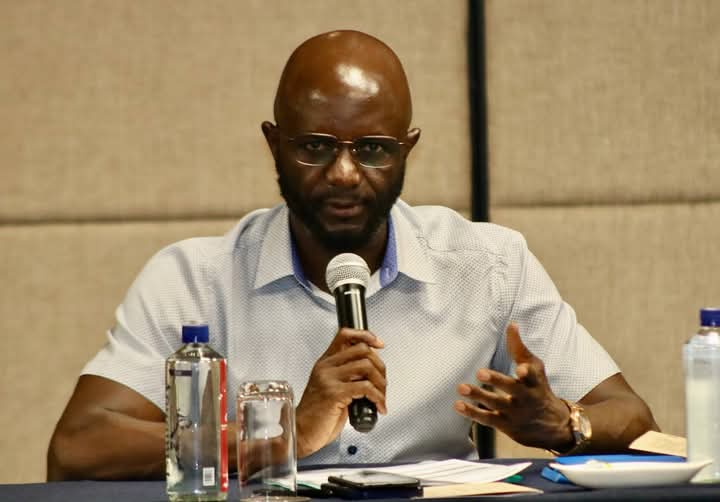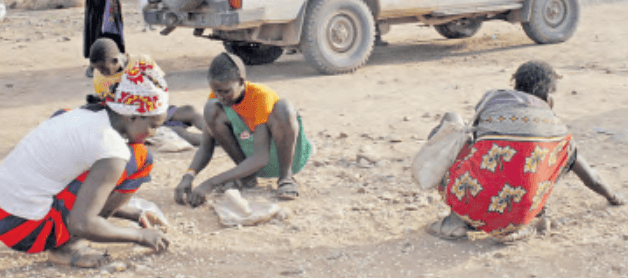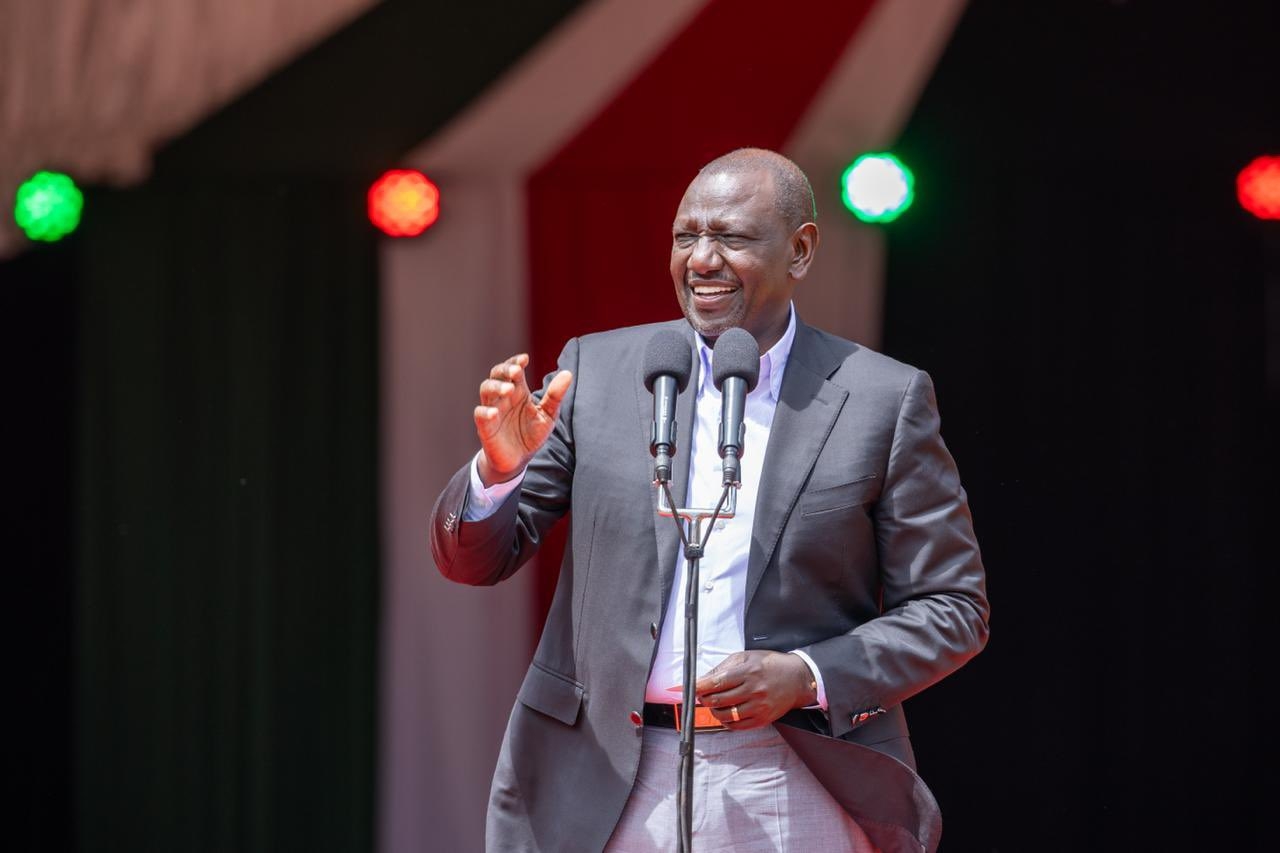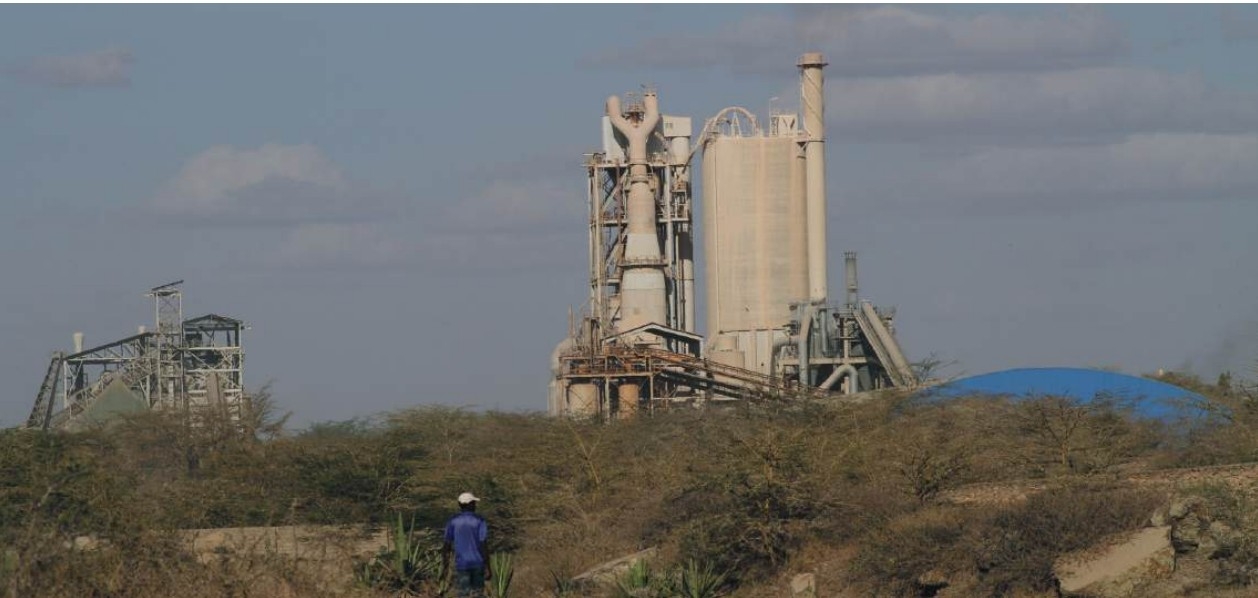
The National Assembly’s Budget and Appropriations Committee convened on Wednesday ahead of the planned public hearings on the Division of Revenue Bill, 2025.
The meeting, chaired by recently elected Alego Usonga MP Samuel Atandi, was aimed at deliberating on the content of the Bill.
The projected total shareable revenue for the FY 2025/26 is Sh2.8 trillion.
During the meeting, the Parliamentary Budget Office (PBO) provided insights into the content of the Bill as members expressed their commitment to ensuring the revenue raised is equitably divided between the both the national and county governments.
PBO is tasked with enhancing the capacity of the National Assembly to scrutinise the budget and oversight budget implementation.
Out of this total revenue, the Bill proposes to allocate Sh2.4 trillion to the National Government, Sh405 billion to the County Governments, and Sh10.6 billion to the Equalization fund.
The allocation to the national government is equivalent to 85.3 per cent of the total shareable revenue, while the county equitable share accounts for 14.3 per cent.
The allocation of Sh405.1 billion to County Governments represents an increase of Sh17.7 billion (4.5 per cent growth) from the previous allocation of Sh387.4 billion for FY 2024/25.
The Division of Revenue Bill 2025 was published on March 12, 2025 and read for the first time in the House on March 14, 2025.
The Bill was subsequently committed to the Budget and Appropriations Committee for consideration and to facilitate Public Participation under Standing Order 127(1) of the National Assembly Standing Orders.
The 2025 Budget Policy Statement approved by the Cabinet last month suggests a Sh4.2 trillion budget for the fiscal year 2025/26, which is roughly 22.1 per cent of GDP.
Key allocations include Sh3.09 trillion for recurrent expenses, Sh725.1 billion for development, and Sh436.7 billion for county transfers.
The total amount of county transfers could increase to Sh474.87 billion with additional funding through the county governments' Additional Allocation Bill.
Thanks to proactive government policies and agricultural improvements, the nation's GDP has recovered to 5.6 per cent and is predicted to stabilise at 5.3 per cent in the upcoming years.
The fiscal strategy seeks to stabilise finances, reduce debt, and improve tax compliance through reforms such as a larger taxpayer base and improved public financial management.
















